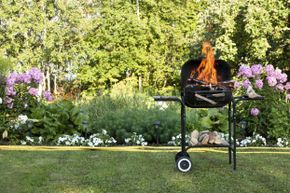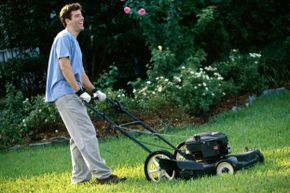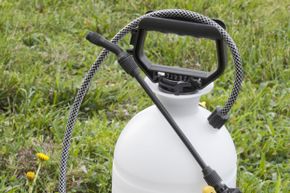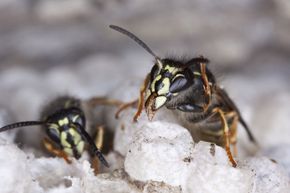As you gaze upon your neatly trimmed backyard, which is filled with lush green grass and a gently burbling fountain, you're filled with a serene sense of accomplishment. This is your territory, your castle, your hideout from the hurricanes of life. Yet lurking behind the tidiness and beauty of your yard are hazards and death traps, stalking you from every angle. Darwin's Law never sleeps, no ... not even in your own homey haven.
That's right -- your very own yard is out to get you. Those hidden dangers can easily hurt you, and in extreme cases, they might even cut you down for good, just like you've been trying to do with those stubborn thistles and dandelions.
Advertisement
Good old common sense and caution will protect you and your family from most of those hazards. But everyone has their blind spots. One person's fun landscaping project is another person's peril. It all depends on your lifestyle and your tolerance for risk.
Those brilliant yellow flowers? Well, they might make your wife's heart melt, but the bees they attract may present an unreasonable allergic risk for your sensitive son. And that's just for starters.
Keep reading and you'll read all about some of the most common backyard menaces and how to keep them from endangering anyone.










